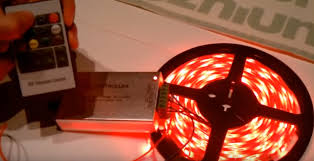If you are looking for a new way to decorate your home or workplace then it is time to learn how to make LED lights. This is a great alternative to the traditional incandescent bulbs and also has some pretty impressive technology behind it as well. LED lights use much less energy than their incandescent counterparts, this makes them perfect for use in any area of your home or office where efficiency is important. The type of light that you get with LED is called a ‘light emitting diode’ and can be found in many different types of lights as well as lamps.
A diode is made up of a semiconductor such as silicon or phosphorous and will emit light when an electric current passes through. When the current flows through the metal switch that is used to control the current changes its polarity and the current that is released is a pulse of light. These pulses are usually measured in milliseconds by what is called a servo motor. This type of technology can be found in many different types of electronics from clocks to cars.
The diode’s physical structure is such that only a small amount of current will pass through at any one time. When the current does change, the diode is designed so that when this happens the current changes its polarity back to its normal state, creating the light. Because of the nature of a diode it will not allow electricity to pass through itself, which makes it perfect for using in places that do not have power outlets close enough to provide electrical power. It also allows the diode to absorb energy from any motion that is occurring on its surface, which makes it great for illuminating things such as walls. The current that is used from a diode is measured in milliamps or amperes and can come in handy when you are measuring the space that LED lights take up in your room or office. This will help you determine if a certain LED light would be suitable or not for a given location.








![How Can You fixed [pii_email_e26dbf79d8c0635e5ca7] Error?](https://desinuts.com/wp-content/uploads/2022/05/pi-1-300x200.jpg)